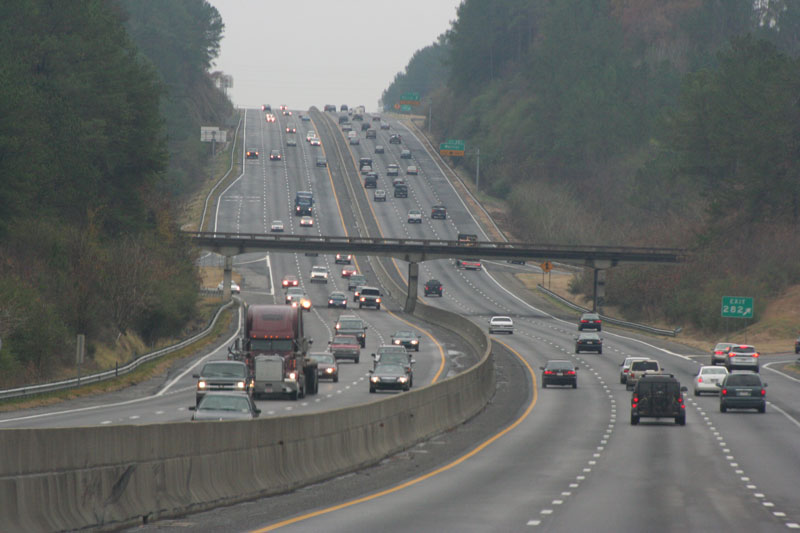
The U.S. Census Bureau reported that construction spending during July 2022 was estimated at a seasonally adjusted annual rate of $1,777.3 billion, 0.4% (±0.8%) below the revised June estimate of $1,784.3 billion. The July figure is 8.5% (±1.3%) above the July 2021 estimate of $1,637.3 billion.
During the first seven months of this year, construction spending amounted to $1,013.7 billion, 10.8% (±1.0%) above the $915.2 billion for the same period in 2021.
In July, the estimated seasonally adjusted annual rate of public construction spending was $353.1 billion, 1.5% (±1.5%) above the revised June estimate of $347.9 billion. Highway construction was at a seasonally adjusted annual rate of $102.7 billion, 4.3% (±4.1%) above the revised June estimate of $98.4 billion. Educational construction was at a seasonally adjusted annual rate of $77.2 billion, 0.1% (±2.1%) below the revised June estimate of $77.3 billion.
Spending on private construction was at a seasonally adjusted annual rate of $1,424.2 billion, 0.8% (±0.7%) below the revised June estimate of $1,436.4 billion.
- Residential construction was at a seasonally adjusted annual rate of $920.4 billion in July, 1.5% (±1.3%) below the revised June estimate of $934.4 billion.
- Nonresidential construction was at a seasonally adjusted annual rate of $503.9 billion in July, 0.4% (±0.7%) above the revised June estimate of $502.1 billion.
“There were gains for the month for nearly every private nonresidential category, along with a jump in highway and transportation work,” said Ken Simonson, Associated General Contractors of America’s chief economist. “But our survey found every type of contractor is facing challenges in finding enough qualified workers to meet the demand that is probably limiting total construction activity.”
Association officials said that labor shortages and supply chain problems are undermining total construction activity. These urged public leaders to boost funding for construction-focused education and training programs. These also called for immigration reform to allow more people with construction skills to lawfully enter the country.
“It is hard to build without builders,” said Simonson. “Getting more people exposed to construction is the surest way to expand the industry’s workforce and put more people into high-paying construction careers.”
“The nonresidential sector continues to grapple with rising borrowing costs, elevated materials and labor costs and pervasive economic pessimism,” said Associated Builders and Contractors Chief Economist Anirban Basu. “Despite a modest increase in July, nonresidential construction spending remains below its pre-pandemic level. There is, however, at least one bright spot for the industry: publicly financed construction. State and local governments are flush with cash, and considerable funding is slated for various forms of infrastructure. In July, spending in the highway and street category increased 4.4%, while spending in the public safety category rose 2.3%.
“For privately financed construction, circumstances could get worse before they get better,” said Basu. “The Federal Reserve recently recommitted to further tightening monetary policy. Market sentiment quickly turned negative. Rather than disappear, supply chain challenges are proliferating in much of the world, including in Europe and China, and the risk of recession is elevated. This is simply not a set of circumstances conducive to rapid nonresidential construction spending growth, and according to the most recent Construction Confidence Index, just 31% of contractors expect their profit margins to grow over the next six months.”
